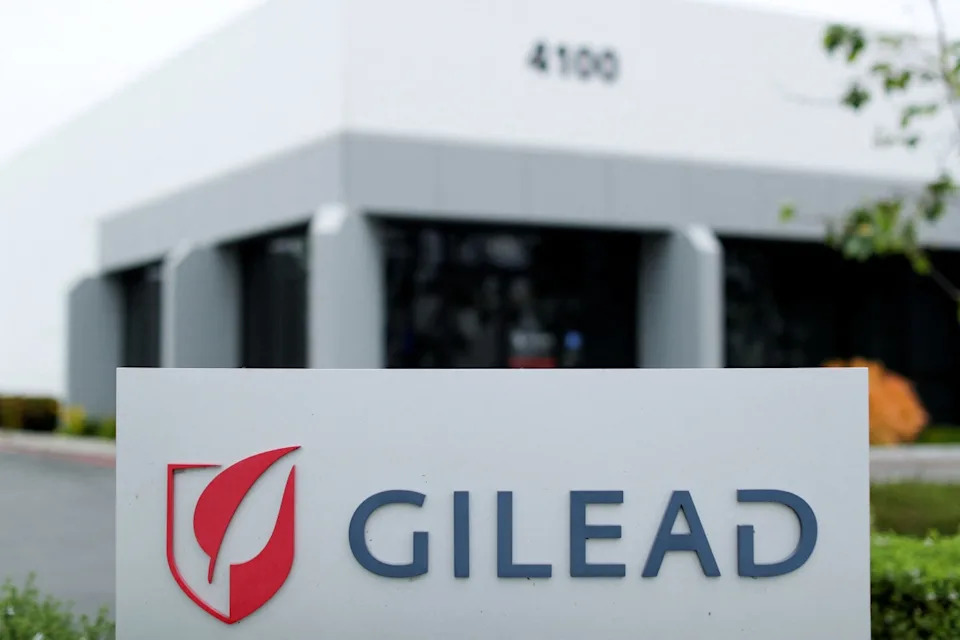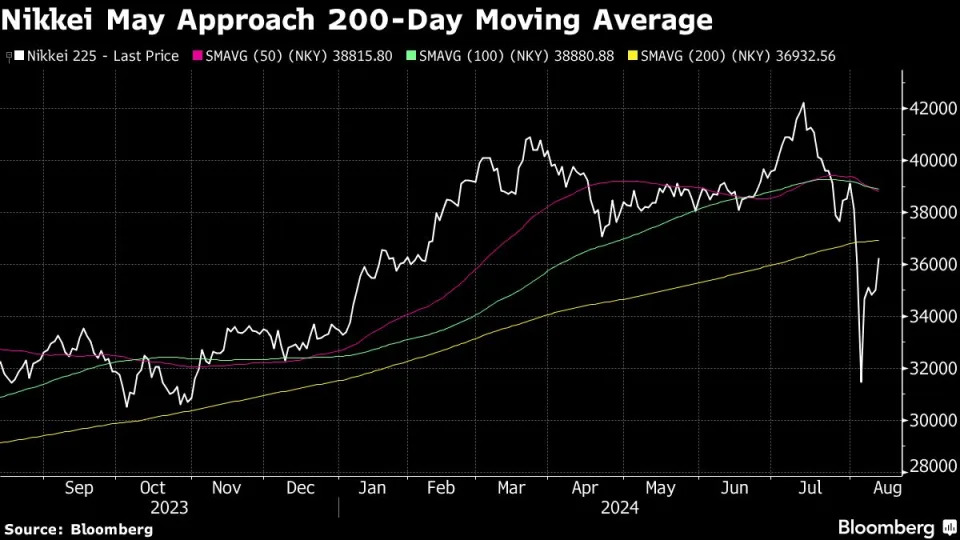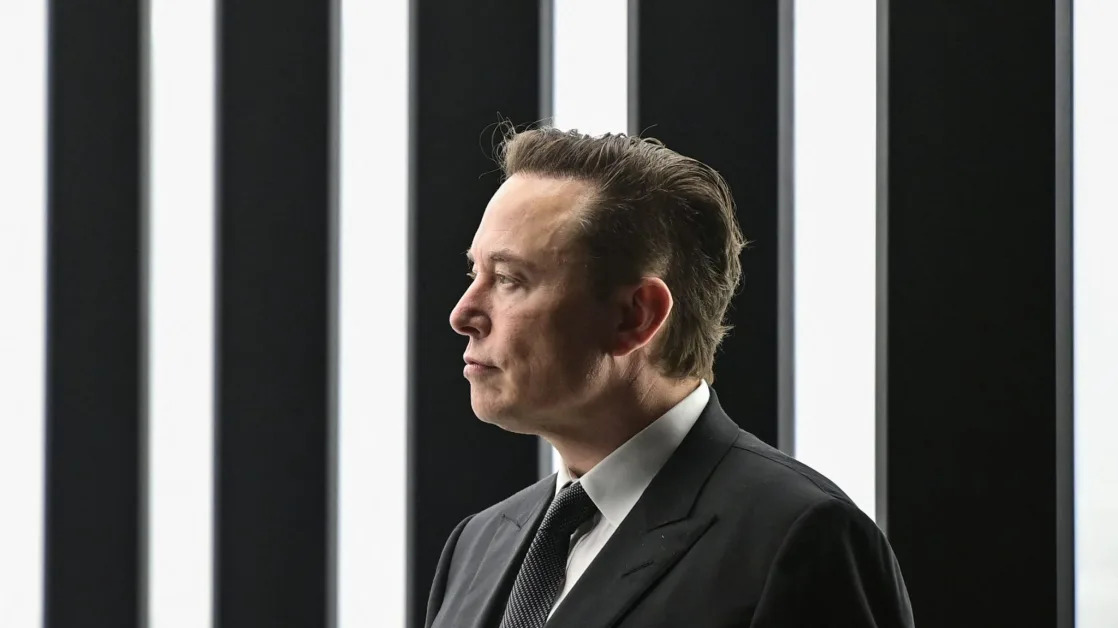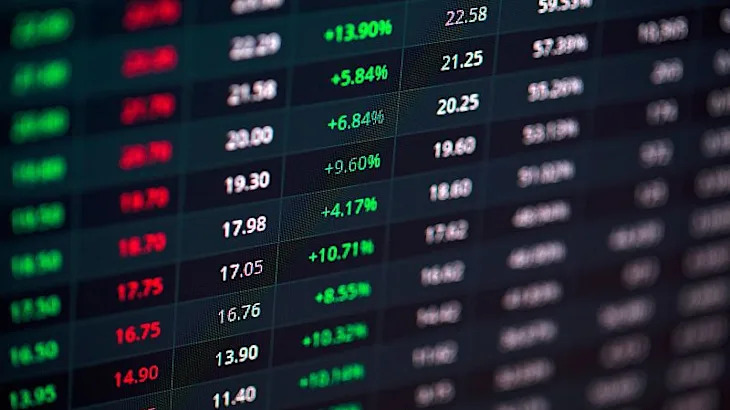
Chief Executives don’t usually brag about paying high tax rates.
But with pharma tariffs looming, being a tax sucker is suddenly a badge of safety in the industry. That isn’t because Wall Street is suddenly in love with taxes. Rather, with so much uncertainty, investors are prizing biotech companies that base their intellectual property and manufacturing in the U.S., which up until now often meant higher taxes.
On a Thursday earnings call, Gilead Sciences Chief Executive Daniel O’Day proudly pointed out that the biotech’s corporate tax rate of approximately 20% “reflects the fact that the substantial majority of our intellectual property is already registered in the United States.”
Before the Trump era, many pharma and biotech firms established intellectual property and manufacturing operations in low-tax hubs such as Ireland. This allowed them to reduce their tax bills through transfer pricing . Essentially, the Irish unit of the company sells the drug to a U.S. unit at a high internal “transfer price,” enabling the parent company to book most of the profit in the lower-tax jurisdiction. (Ireland currently offers a headline 15% corporate tax rate to big companies, compared with 21% in the U.S.) On paper, the U.S. unit appears to earn little—even though the end-sales are largely happening in America.
While the 2017 tax overhaul under Trump was meant to curb offshore profit shifting, in practice it left key loopholes intact . Now the second Trump administration appears to be preparing to use tariffs to target the practice, with the goal of inducing companies to increase manufacturing in the U.S. Earlier this month, the Trump administration—which has repeatedly lambasted Ireland for luring American pharma companies—announced probes into pharmaceutical imports, citing national-security concerns. “If you look across the board,” says Citigroup healthcare strategist Traver Davis, “companies with more complex supply chains are going to face the greatest exposure.”

Of course, investors aren’t going to buy companies simply based on their tariff exposure. But in the case of Gilead, it aligns with a growth story as the company prepares to launch its twice-yearly HIV-prevention drug lenacapavir .
An even more compelling case can be made for Vertex. The company manufactures most of its products in the U.S. and books most of its profits here. Its effective tax rate of close to 20% reflects that U.S. exposure. On top of that, Vertex’s top-selling drugs for cystic fibrosis are exempt from Medicare price negotiations thanks to their orphan-drug status, which is given to medications treating rare conditions. That makes Vertex a rare winner in today’s regulatory environment.
“There is a startlingly short list of biotech and therapeutic stocks that have largely U.S. sales, I.P. (intellectual property) domiciled in the U.S.,” and limited impact from tariffs and drug pricing policies, Jefferies analyst Akash Tewari noted in a recent presentation.
Gilead and Vertex shares are up 12% and 23%, respectively, this year, compared with a 1% gain for the NYSE Arca Pharmaceutical Index.
Of course, unpacking what goes into a company’s tax rate is notoriously complex. A headline number often masks a tangle of factors—from where goods are made, to how companies set internal prices to the impact of global tax treaties, explains Christine Kachinsky, partner and Life Sciences Tax Sectors Leader at KPMG. A high effective tax rate doesn’t necessarily mean a company is insulated from tariffs: It may still import key raw materials from abroad. Conversely, a low tax rate might reflect a range of shifting variables—such as tax credits or temporary incentives—that don’t neatly correlate with exposure. “Unless you can see a company’s precise import and export data and run it through a model,” she says, “you’re not going to have a true sense of a company’s exposure to tariffs.”
What is clear is that as a group, the industry is bracing for impact. A recent analysis of 10 large biopharma companies from Citi estimated there would be a 9.7% hit to 2026 operating income across the group.
Citi’s analysis of Merck’s manufacturing outside the U.S. led it to conclude that the Rahway, N.J.-based company is at the higher end of exposure. For instance, the patent rights to Merck’s top-selling drug, Keytruda, are registered in the Netherlands and it manufactures the drug in Ireland, allowing the company to reduce its U.S. tax bill, according to a Senate Finance Committee letter.
Of course, multinationals have strategies available to limit their exposure. In its annual guidance released last week, Merck says it will absorb a $200 million hit from tariffs—mostly due to U.S.-China trade friction, not sector-specific levies, which are pending. The company said it has enough supply on hand to limit tariff effects for the rest of the year and is ramping up manufacturing in the U.S. to cut future costs. “Our global supply chain and current inventory levels put us in a good position to navigate potential near-term impacts,” Chief Executive Rob Davis said in a call with analysts.
Besides company-specific factors, there are also too many policy unknowns to fully model Trump’s proposed pharma tariffs. Will they target active ingredients, cost of goods, or transfer pricing? What exceptions will apply—and how quickly? Will tax reform accompany them to spur U.S. manufacturing?
Regardless, companies that already base a lot of manufacturing and intellectual property in the U.S., and already pay high taxes, look relatively well insulated. That gives investors a relatively short list to focus on.
Write to David Wainer at david.wainer@wsj.com





